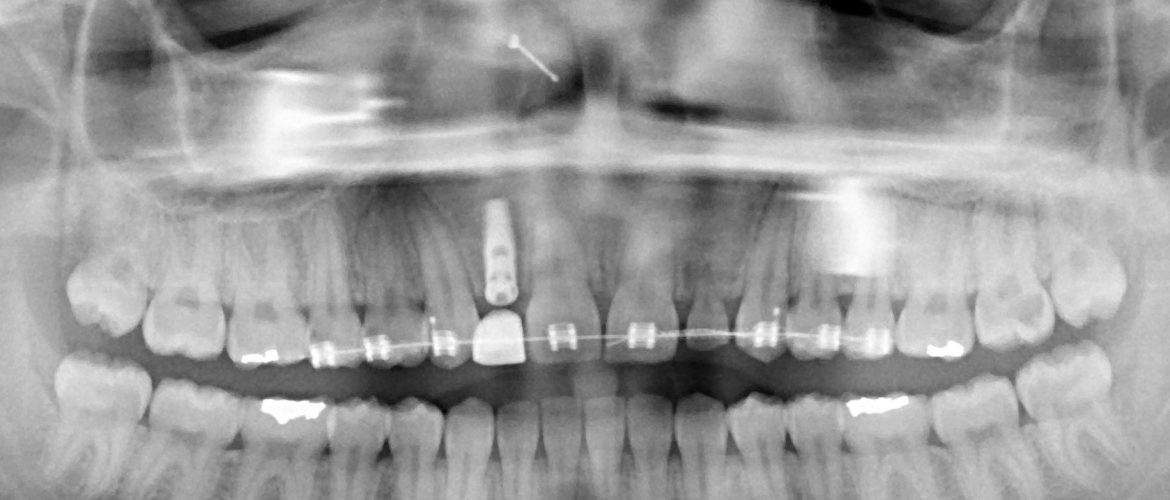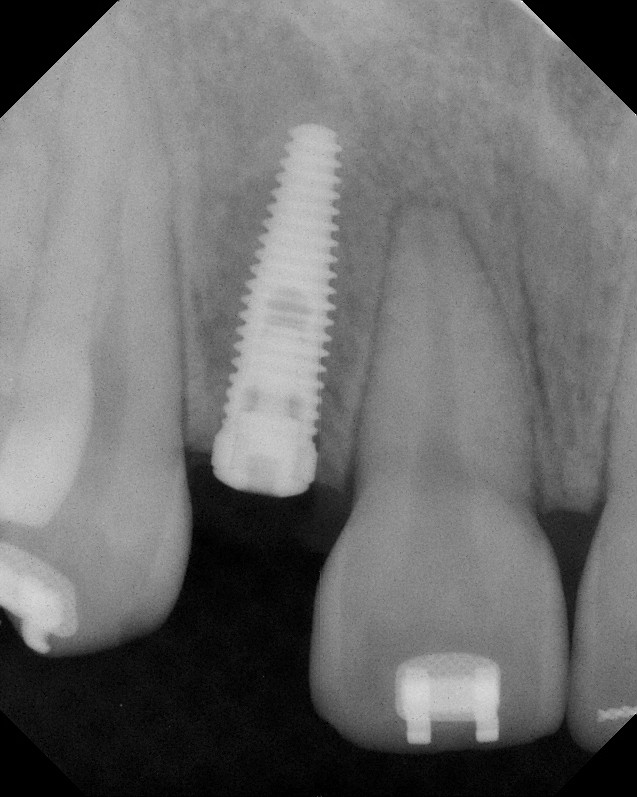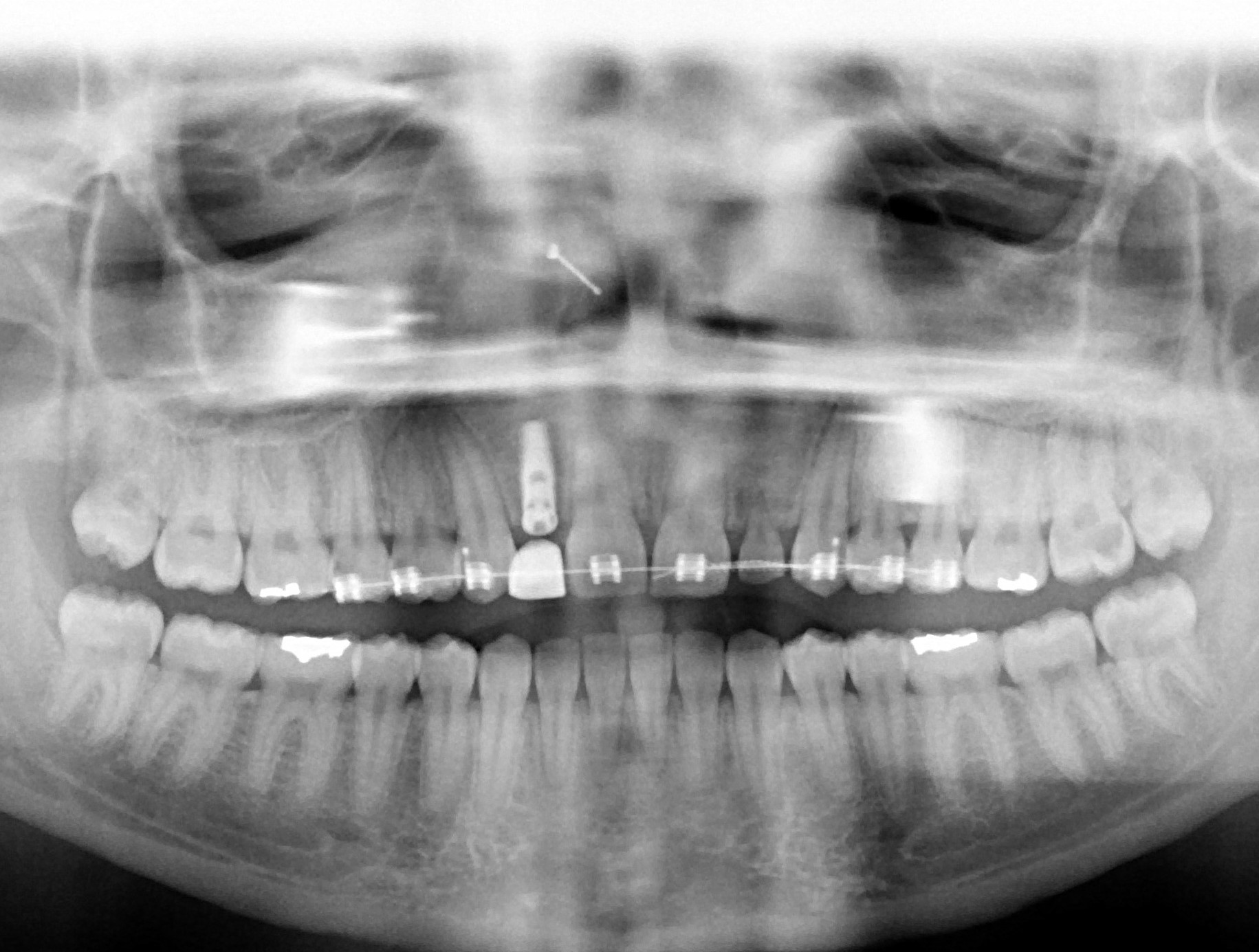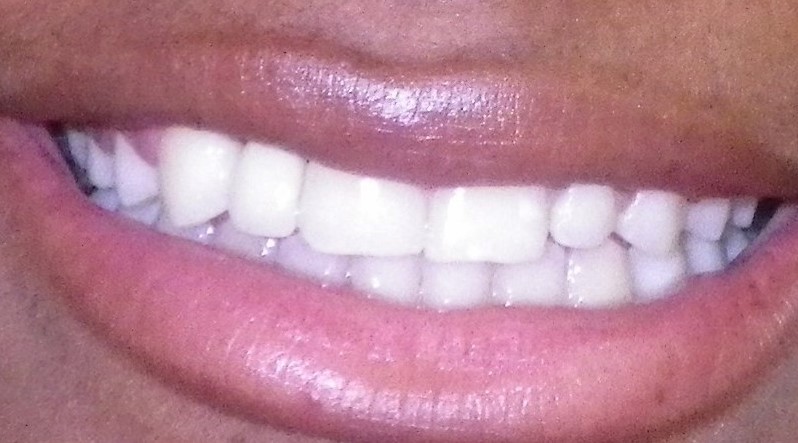Impact of Mesio-distal span on Dental implant esthetics.

During dental implant treatment planning and placement, a number of key site specific factors can affect implant placement including anatomy of the site, amount of bone and soft tissue present at the site, the dimensions of the edentulous site in the mesiodistal, facio-lingual and apico-coronal planes, as well as the positioning of the dental implant in the arch. 1
While addressing deficiencies in bone and soft tissue in the facio-lingual and apico-coronal dimension in a potential implant site can be corrected prior to dental implant placement using particulate or block grafts, onlay block bone grafts, split crest technique, soft tissue grafts, and distraction osteogenesis.2 Discrepancies in the mesiodistal dimension are more difficult to correct especially when they are present in the anterior zone, and can even preclude dental implant placement.
In correcting space discrepancies, procedures such as enameloplasty, use of full coverage crowns on adjacent teeth as well as orthodontics might become necessary to correct space discrepancies prior to dental implant placement in order to ensure that the space available for placement of dental implants is not deficient or excessive.
Inadequate space can result in smaller restorations than adjacent teeth that are often unesthetic as well as possibility of impinging on the roots of adjacent teeth or dental implants, and inadequate space to allow adequate tissue contours, while excessive space can result in excessively large unesthetic bulky restorations, diastemas and restorations that lack interproximal contacts.
During dental implant treatment planning phase, a multi-disciplinary approach is needed when spatial discrepancies are present involving a surgeon, restorative dentist, orthodontist and laboratory technician to ensure optimal restorations in terms of esthetics and function especially if the discrepancy is the esthetic zone. Performing of a spatial analysis, and correction of spatial discrepancy is essential to ensuring that adequate mesio-distal span is present to allow development of restorations that have optimal contours and esthetics.
References:
1) Jivrag S, Chee W. Treatment planning of implants in the Aesthetic Zone. British dental Journal 2006(July); 201(2): 77-89.
2) Deshpande S, Deshmukh J, Deshpande S, Khatri R, Deshpande S. Vertical and Horizontal ridge augmentation in the anterior maxilla using autografts, xenografts and titanium mesh with simultaneous placement of endosseous implants. J of Indian Soc. Of Periodontology 2014 (Sept-Oct); 18(5): 661-665.





